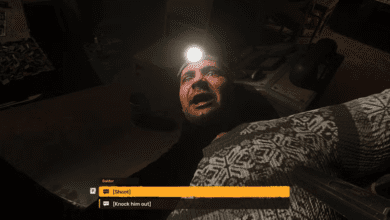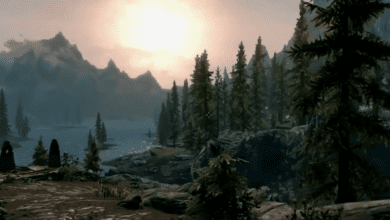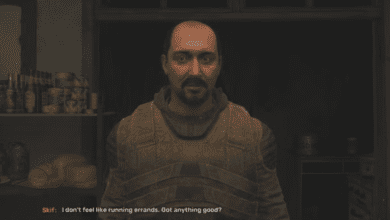The Enduring Legacy of “The Texas Chainsaw Massacre”: How Tobe Hooper Changed Horror Cinema Forever
When we think about horror movies that have stood the test of time, “The Texas Chainsaw Massacre” (1974) is one that continuously rises to the top of the conversation. Directed by Tobe Hooper, this low-budget slasher shocked audiences and changed the landscape of horror filmmaking forever. But what made it so impactful? Why, after nearly five decades, does it still hold such power over filmmakers and horror fans alike?
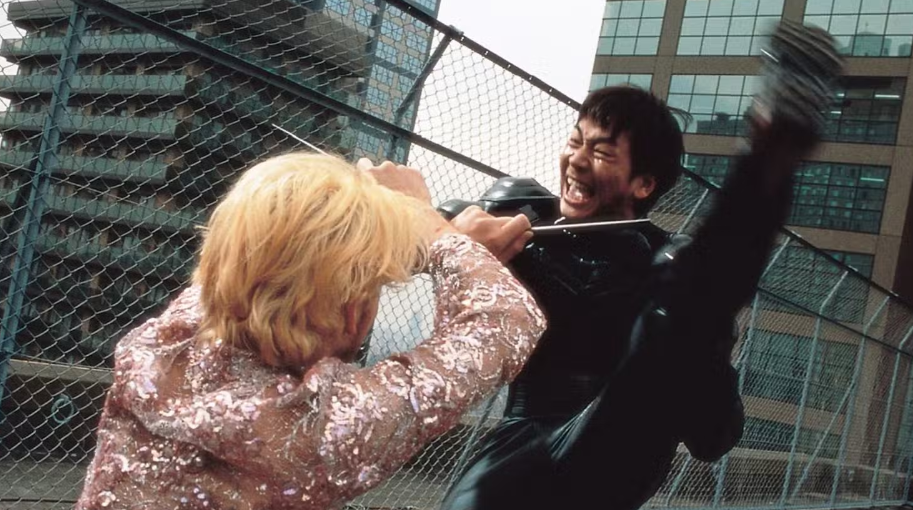
This article dives deep into the lasting influence of “The Texas Chainsaw Massacre,” its cultural significance, and how it revolutionized the horror genre.
The Game-Changing Impact of “The Texas Chainsaw Massacre”
“The Texas Chainsaw Massacre” didn’t just terrify viewers it fundamentally altered the way people thought about horror films. Before its release, horror was primarily a space for supernatural creatures and slow-moving, exaggerated monsters. Characters like Dracula or Frankenstein were fantastical, detached from the real world. They represented fears, but they were easily separated from reality.
But Leatherface was different. He was human, disturbingly so. His chaotic, brutal violence felt real and unrelenting. He wasn’t a supernatural villain from a distant land; he was a man with a chainsaw, chasing people down. And this was where Hooper’s film hit its audience hardest the raw realism. There was nothing particularly fantastical about the Sawyer family; they seemed like the type of horrors that could be lurking in the backwoods of Texas, or anywhere else.
By stripping horror of its fantasy elements and thrusting viewers into an experience that could happen in their own world, “The Texas Chainsaw Massacre” redefined the genre, making fear more visceral and immediate.
Leatherface: The Birth of a New Kind of Horror Villain
Leatherface, played by Gunnar Hansen, is one of the most iconic characters in horror history. Unlike traditional villains, Leatherface wasn’t a calculating mastermind or supernatural force. He was deeply mentally disturbed, a product of his environment, and terrifyingly unpredictable. His use of a chainsaw as his weapon of choice added a primal, almost industrial brutality to his killings.
Leatherface’s character made audiences uncomfortable not just because of his violent actions, but because there was a sliver of empathy for him. He wasn’t evil in the conventional sense; he was a victim of his upbringing and environment. This complex portrayal opened up new possibilities for character development in horror films.
Hooper’s Leatherface broke the mold of the silent, unfeeling monster and showed that horror villains could be as human as the victims they terrorized, which added an unsettling layer to the fear.
Shattering Boundaries: The Overton Window of Horror
Before “The Texas Chainsaw Massacre,” horror films typically adhered to certain boundaries. Gore and violence were often stylized or symbolic, and there was a clear line between what was acceptable and what wasn’t. Hooper smashed through that line with Leatherface’s chainsaw. The film didn’t just push boundaries it obliterated them.
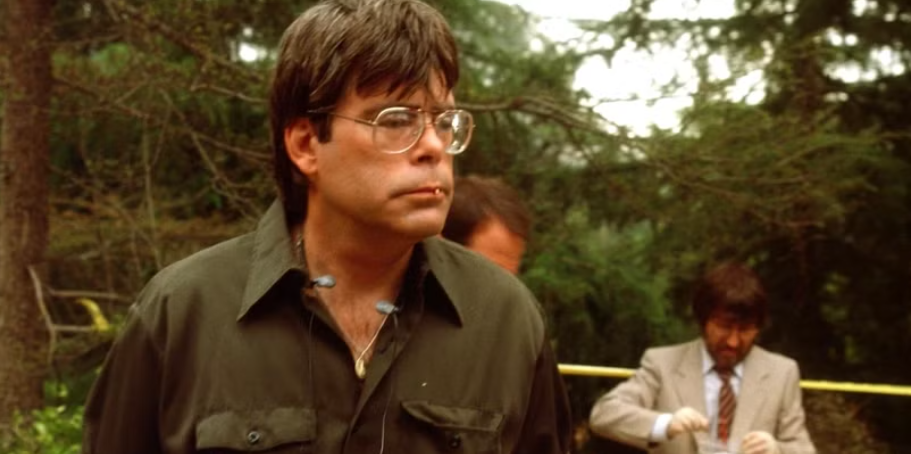
This shift, often referred to as moving the “Overton Window” of horror, gave filmmakers permission to explore darker, more taboo themes. No longer was horror just about the thrill of a good scare; it became a space to explore deeper societal issues, primal fears, and the darker aspects of human nature.
By presenting unrelenting brutality without apology or overt justification, Hooper allowed the horror genre to grow into a more complex and nuanced art form.
A New Aesthetic: The Visual Language of Horror
“The Texas Chainsaw Massacre” also transformed the visual landscape of horror films. Shot on a shoestring budget, the film’s gritty, almost documentary-like aesthetic contributed to its sense of realism. This wasn’t polished Hollywood horror. The grainy footage, harsh lighting, and raw sound design made the violence feel more personal and immediate.
This visual style, far from being a limitation, became an asset. The film’s rough edges gave it an authenticity that resonated with audiences, making it feel less like a movie and more like a terrifying event unfolding in real-time. This shift towards realism had a profound influence on the slasher genre and indie horror filmmaking.
Movies like “Halloween” (1978) and “Friday the 13th” (1980) followed in its footsteps, but none could quite capture the raw intensity of “The Texas Chainsaw Massacre.” Its visual language has echoed through decades of horror, inspiring filmmakers to embrace the unsettling power of a more grounded, visceral aesthetic.
The Psychological Impact: Why Are We Drawn to Horror?
One of the most enduring legacies of “The Texas Chainsaw Massacre” is its ability to make viewers question why they are drawn to horror in the first place. This theme is explored in the documentary “Chain Reactions” by Alexandre O. Philippe, which delves into the lasting impact of Hooper’s film.
Fans like Patton Oswalt, Stephen King, and Takashi Miike have all commented on how the movie affected them, not just as horror enthusiasts but as creators. Oswalt talks about the fear and thrill that horror films bring, comparing it to the adrenaline rush that comes with riding a rollercoaster. It’s a safe way to explore our deepest, darkest fears from the comfort of our own homes.
For Stephen King, “The Texas Chainsaw Massacre” pushed him to explore the difference between horror and terror in his writing. The movie blurred the lines between what was terrifying and what was merely horrifying, opening the door for him to dive deeper into the human psyche’s darker aspects.
The “Chain Reaction” Effect: Influencing Generations of Filmmakers
The influence of “The Texas Chainsaw Massacre” has reverberated throughout the horror genre for decades. Movies like “Audition” by Takashi Miike and “The Invitation” by Karyn Kusama carry the same intense, grounded fear that Hooper brought to life in 1974.
Miike’s work, in particular, mirrors the raw violence and unexpected horror that “The Texas Chainsaw Massacre” pioneered. Films like “Audition” (1999) leave audiences uncomfortable in the same way that Leatherface’s rampages did, proving that this brand of horror isn’t just shocking it’s deeply psychological.
Karyn Kusama takes a different angle, focusing on the broken masculinity represented by the Sawyer family. Her work explores the emotional and societal underpinnings of horror, something that “The Texas Chainsaw Massacre” hinted at in its portrayal of the dysfunctional family dynamics driving Leatherface’s actions.
Why “The Texas Chainsaw Massacre” Still Matters Today
The enduring relevance of “The Texas Chainsaw Massacre” lies in its ability to tap into something primal. Hooper’s film explores the fear of the unknown, the breakdown of societal norms, and the violence lurking beneath the surface of everyday life. These themes are timeless, which is why the movie continues to resonate with new generations of horror fans and filmmakers.
As we see in the documentary “Chain Reactions,” Hooper’s film didn’t just inspire horror movies it inspired an entire cultural shift in how we think about fear and violence in cinema. The movie tapped into something deep within the human psyche, something that transcends its era and continues to influence filmmakers around the world.
FAQs
Q: What made “The Texas Chainsaw Massacre” so influential?
A: The film redefined horror by presenting a raw, realistic portrayal of violence. Its grounded aesthetic, coupled with the terrifyingly human character of Leatherface, shifted the boundaries of what horror could be, paving the way for more intense and psychologically complex films.
Q: How did Leatherface change the way villains are portrayed in horror?
A: Leatherface wasn’t a supernatural entity or a calculated mastermind. He was a human, albeit deeply disturbed, who committed acts of brutal violence. This broke away from traditional horror villains, making him more terrifying because of his realism.
Q: What is the Overton Window of horror, and how did the film shift it?
A: The Overton Window refers to the range of ideas acceptable in public discourse. “The Texas Chainsaw Massacre” shattered this window in horror filmmaking, introducing unrelenting violence and psychological depth that opened the door for darker, more complex horror films.
Q: How has “The Texas Chainsaw Massacre” influenced modern horror filmmakers?
A: Filmmakers like Takashi Miike and Karyn Kusama have drawn from Hooper’s groundbreaking approach to horror. Miike’s films mirror the raw violence of “The Texas Chainsaw Massacre,” while Kusama explores the emotional and societal implications of horror, much like the Sawyer family dynamics in the original film.
Q: Why are we drawn to horror films like “The Texas Chainsaw Massacre”?
A: Horror allows us to confront our darkest fears in a safe, controlled environment. Films like “The Texas Chainsaw Massacre” tap into primal fears about violence, the breakdown of social norms, and the unknown, giving us a way to explore these themes from a distance.


